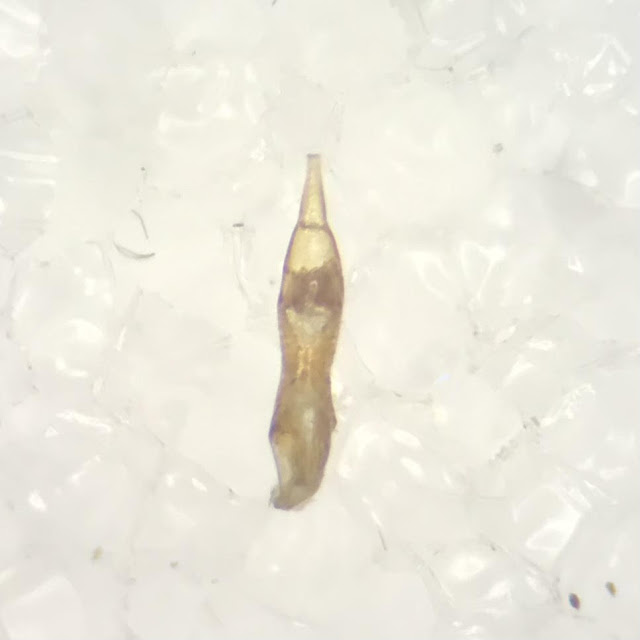So I said in the last post that I'd try and do some posts to cover some of the more interesting finds from this year as I go through my various batches of samples.
First up is this staph I found. It was the only one of its type in the tube and so I decided to take a closer look. It was taken in the Suffolk Brecks and when I pootered it from a tray of suction sample, I assumed it would be a Xantholinus, it had that small and sinuous look to it. It came from an area where the dry heath was transitioning into a more damp area before becoming a reedy pond edge.
A quick look and it was obvious that it didn't have the overlapping elytra and given size, tarsal shape and the fact that it has lines of six punctures on the pronotum, this was a species of Gabrius.
There are 12 species of Gabrius recorded in the UK and are initially split on the number of dorsal punctures on the pronotum. Five or six.
This has six and with it being less than 5.5mm in length leaves us with 8 species (having removed astutoides, exiguus, osseticus and splendidulus).
The next bits in the key all relate to the aedeagus and luckily this individual was a male so I whipped it out and had a look down the microscope.
 |
| The NBN map for Gabrius keysianus. Note lone East Anglian dot. |





